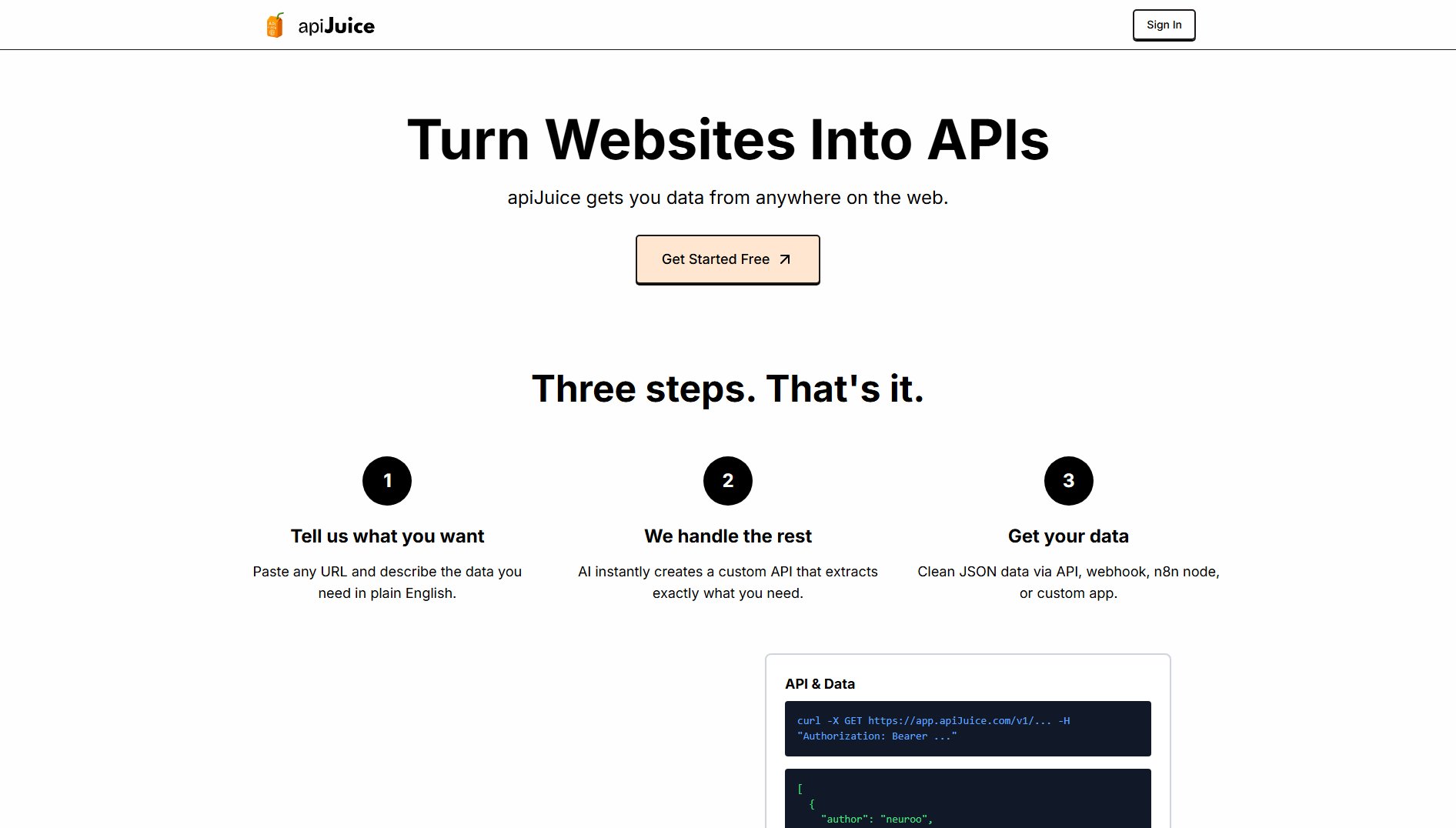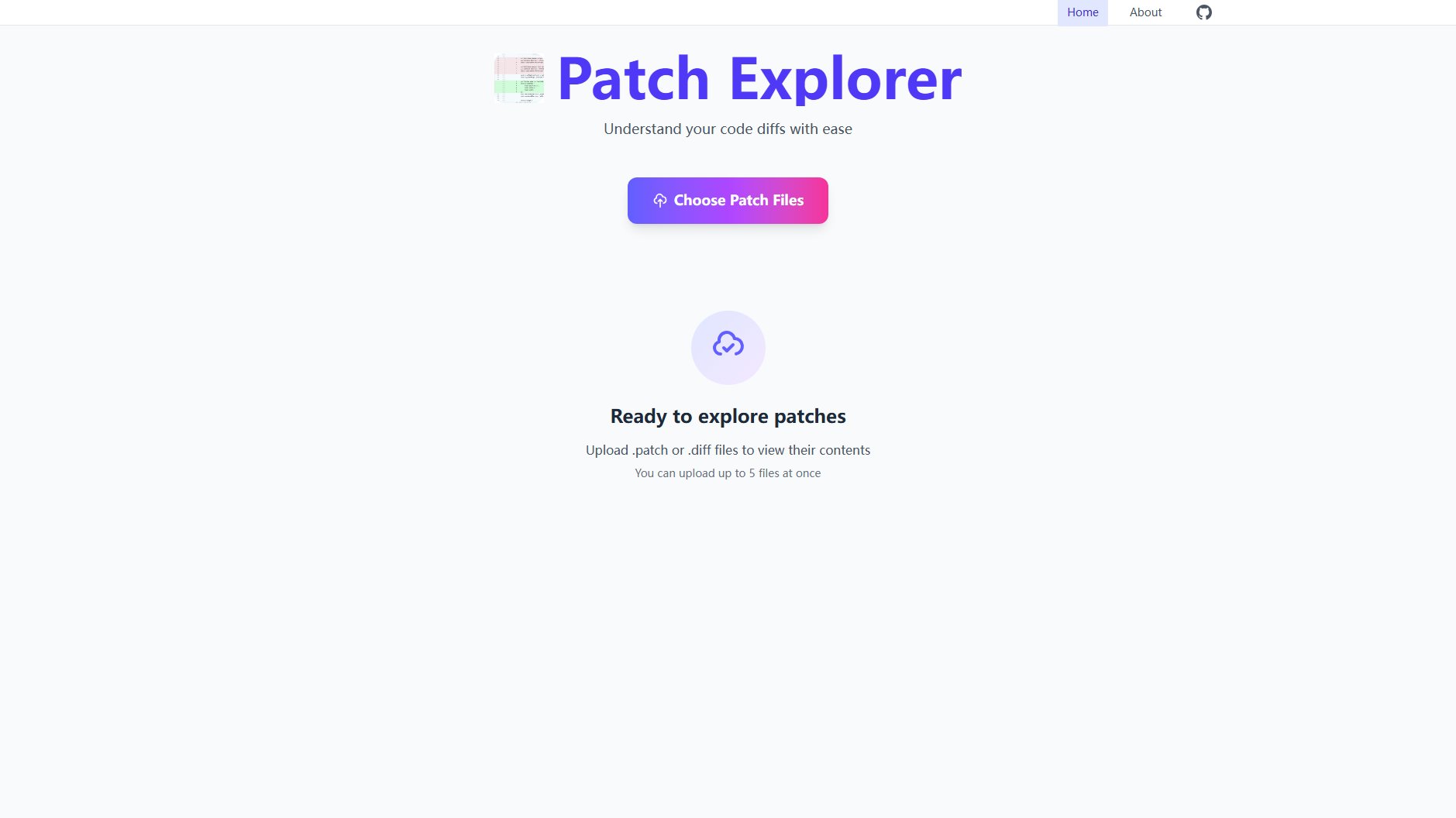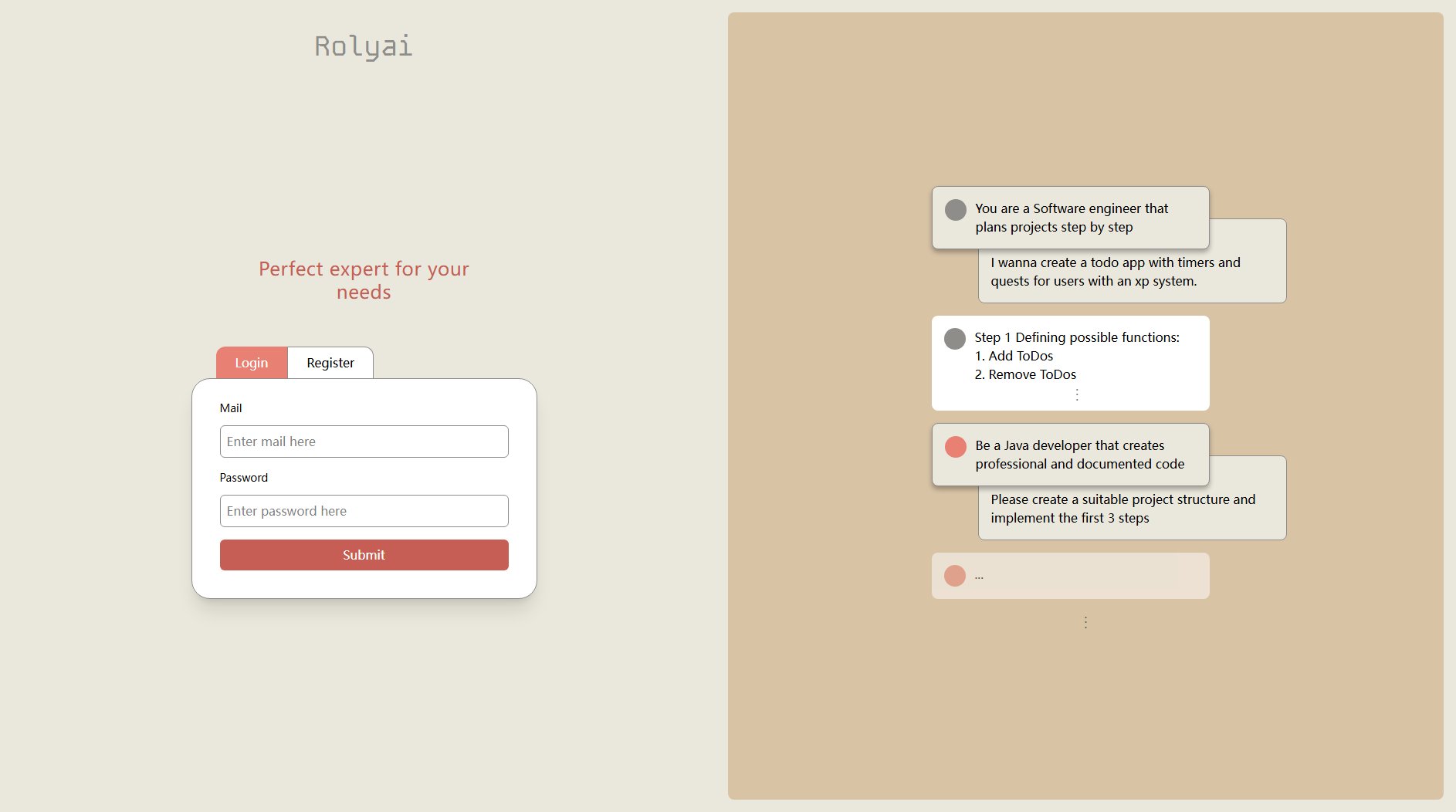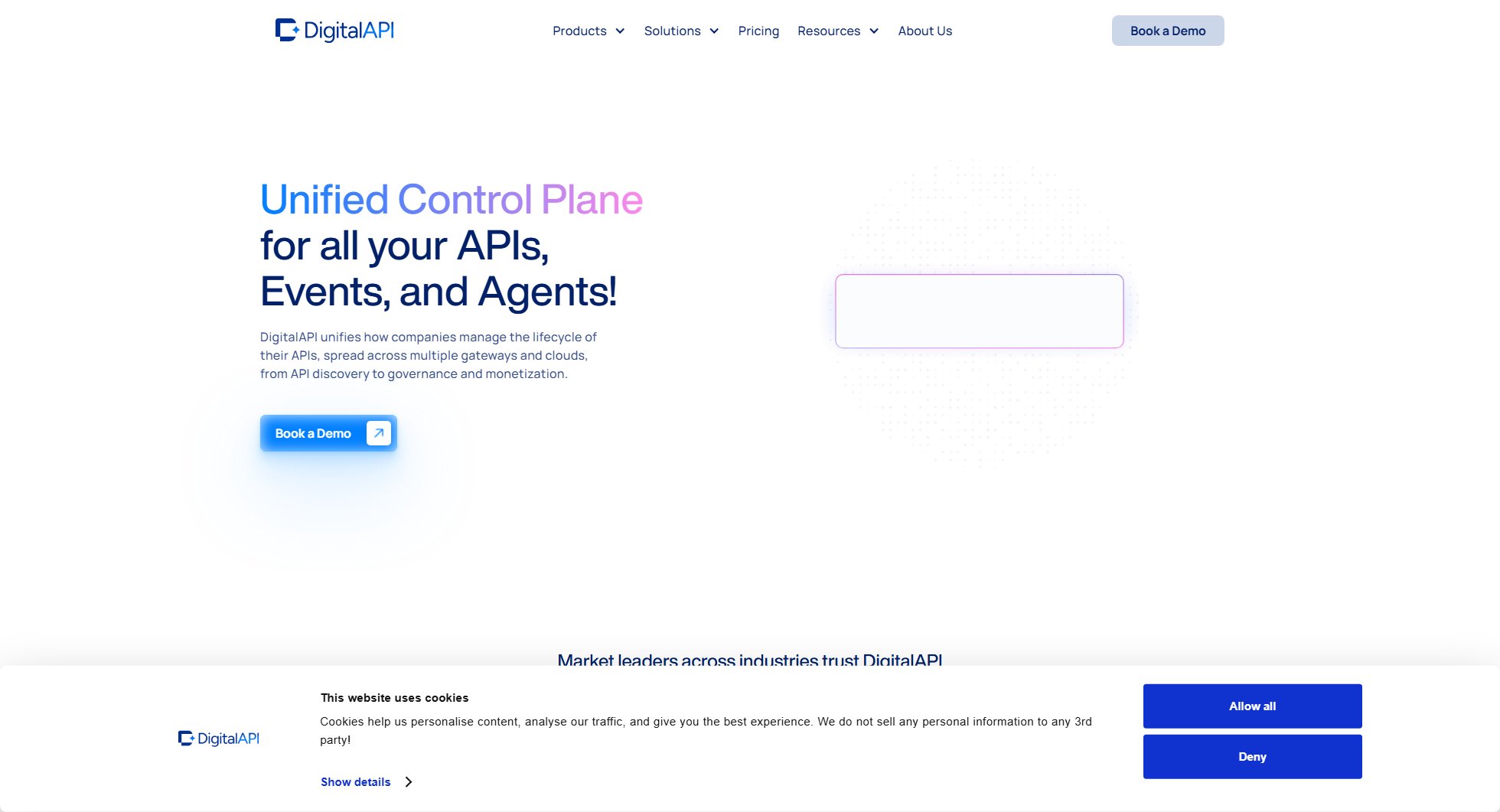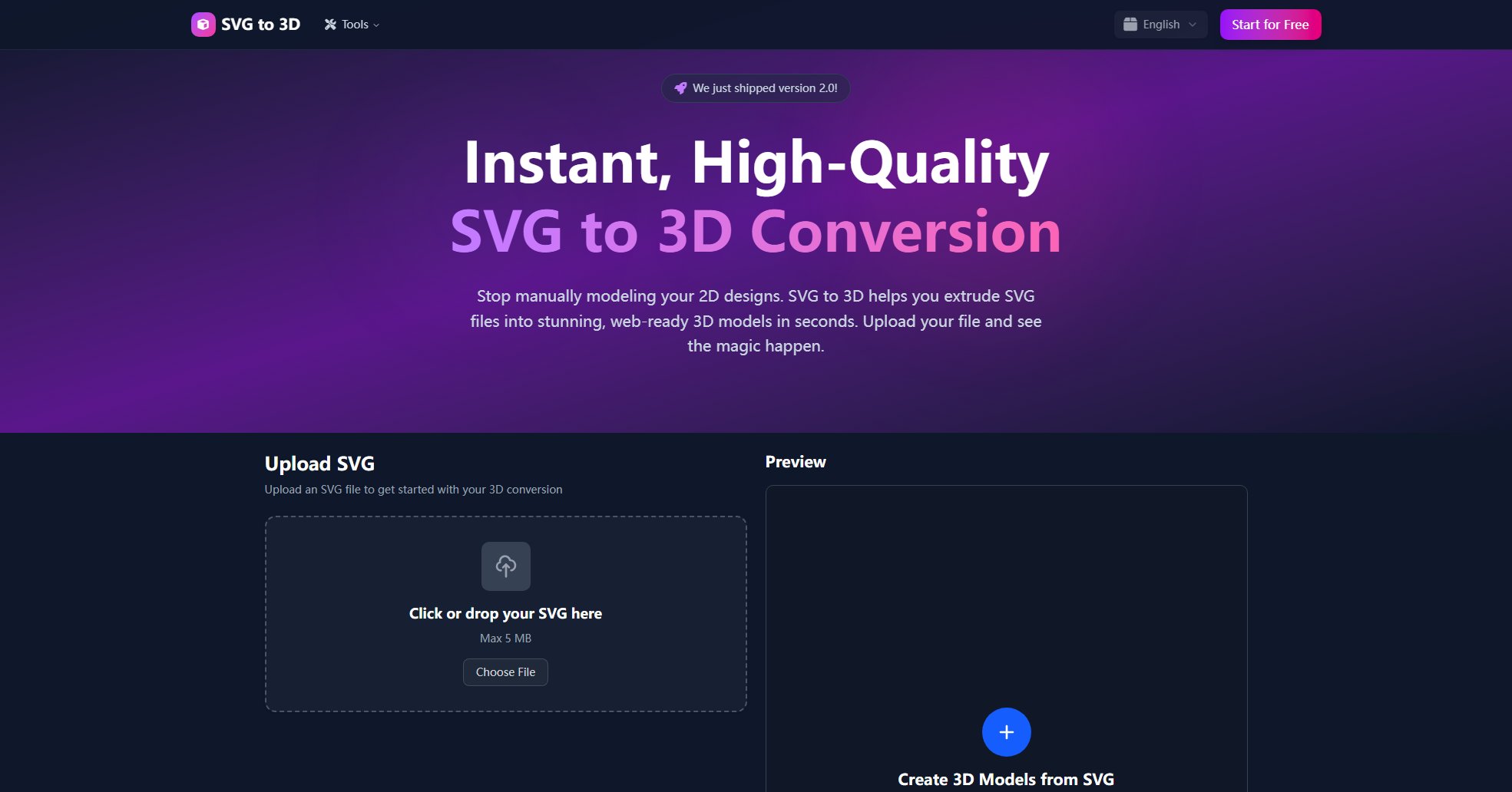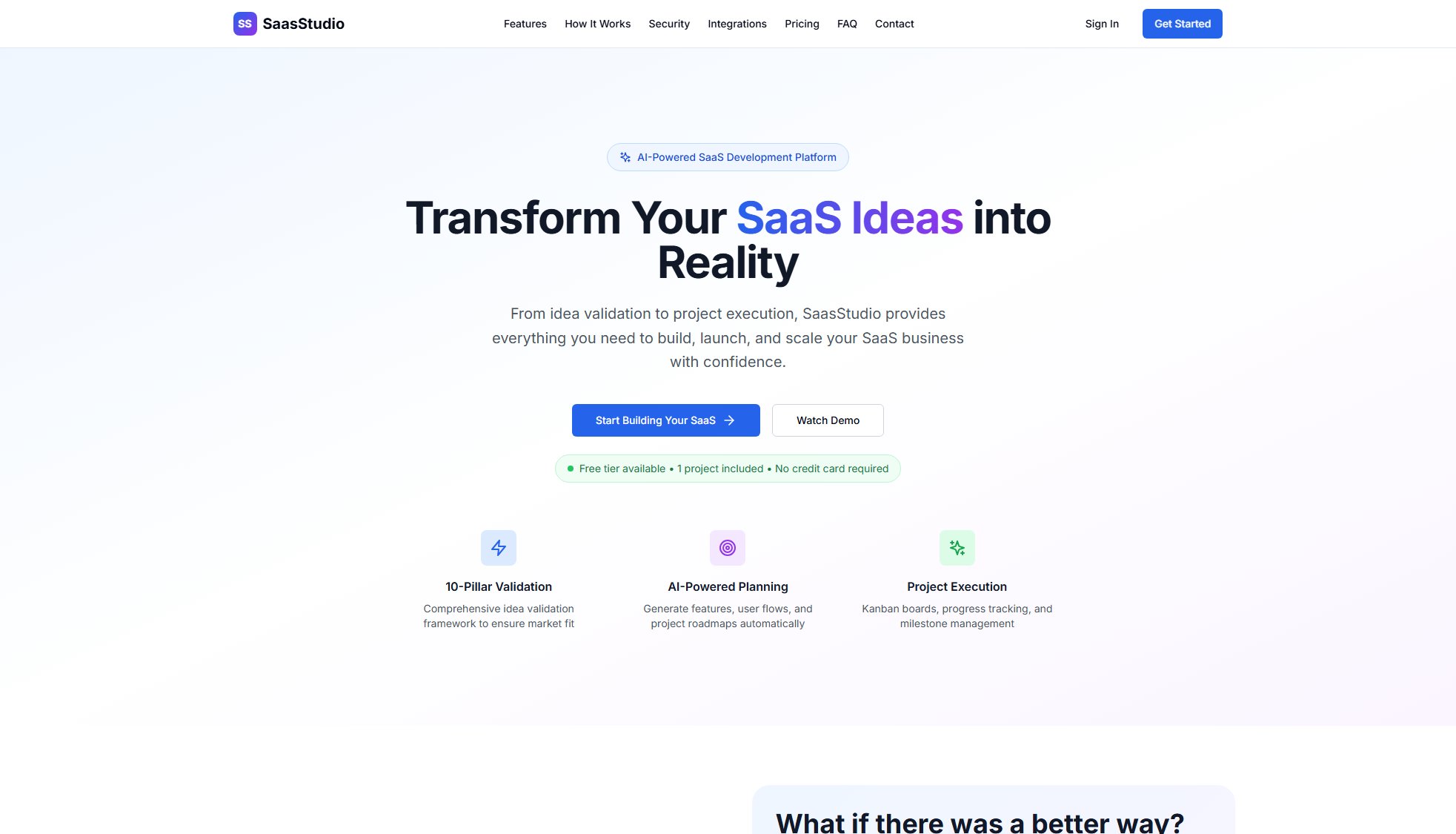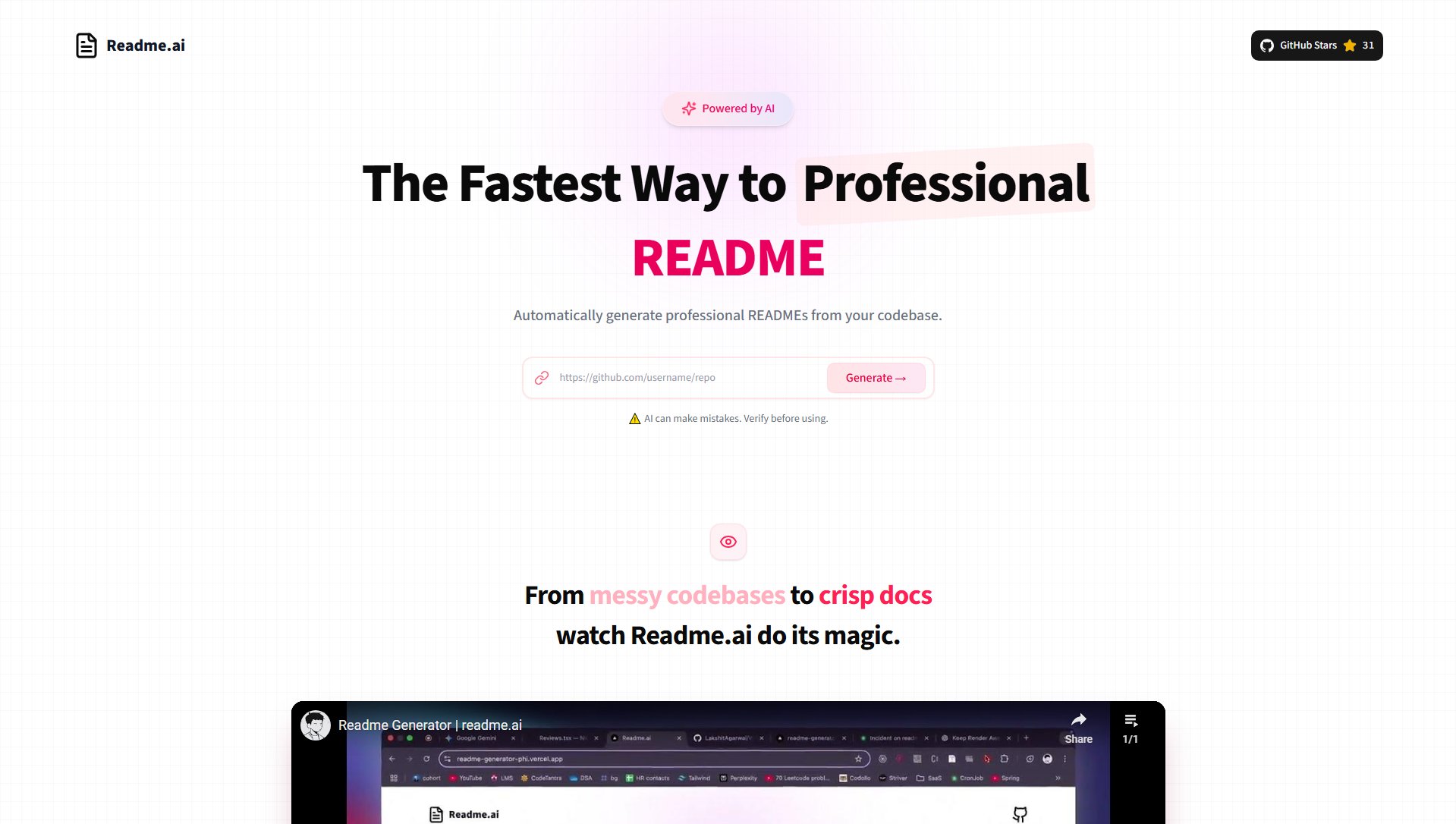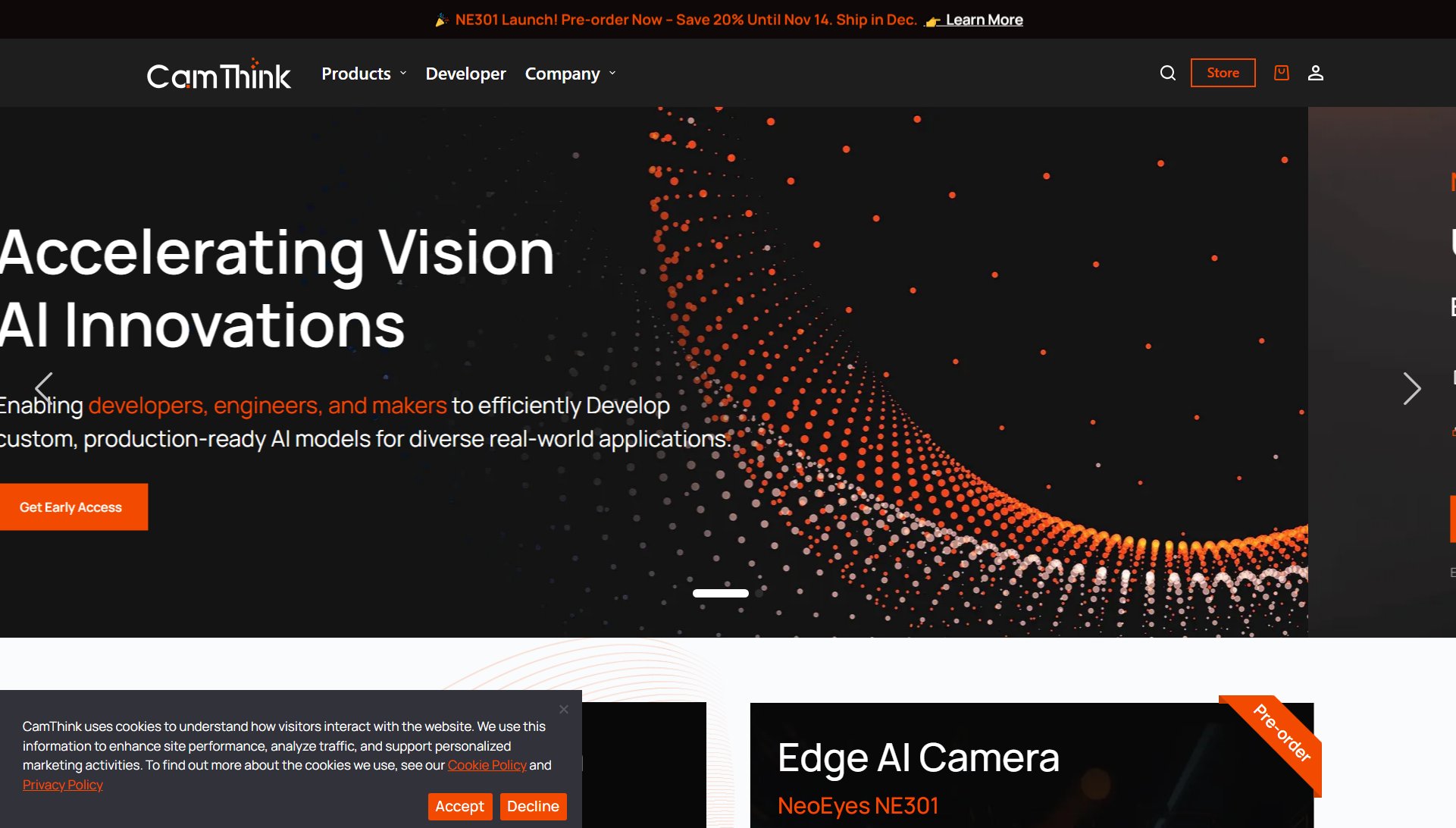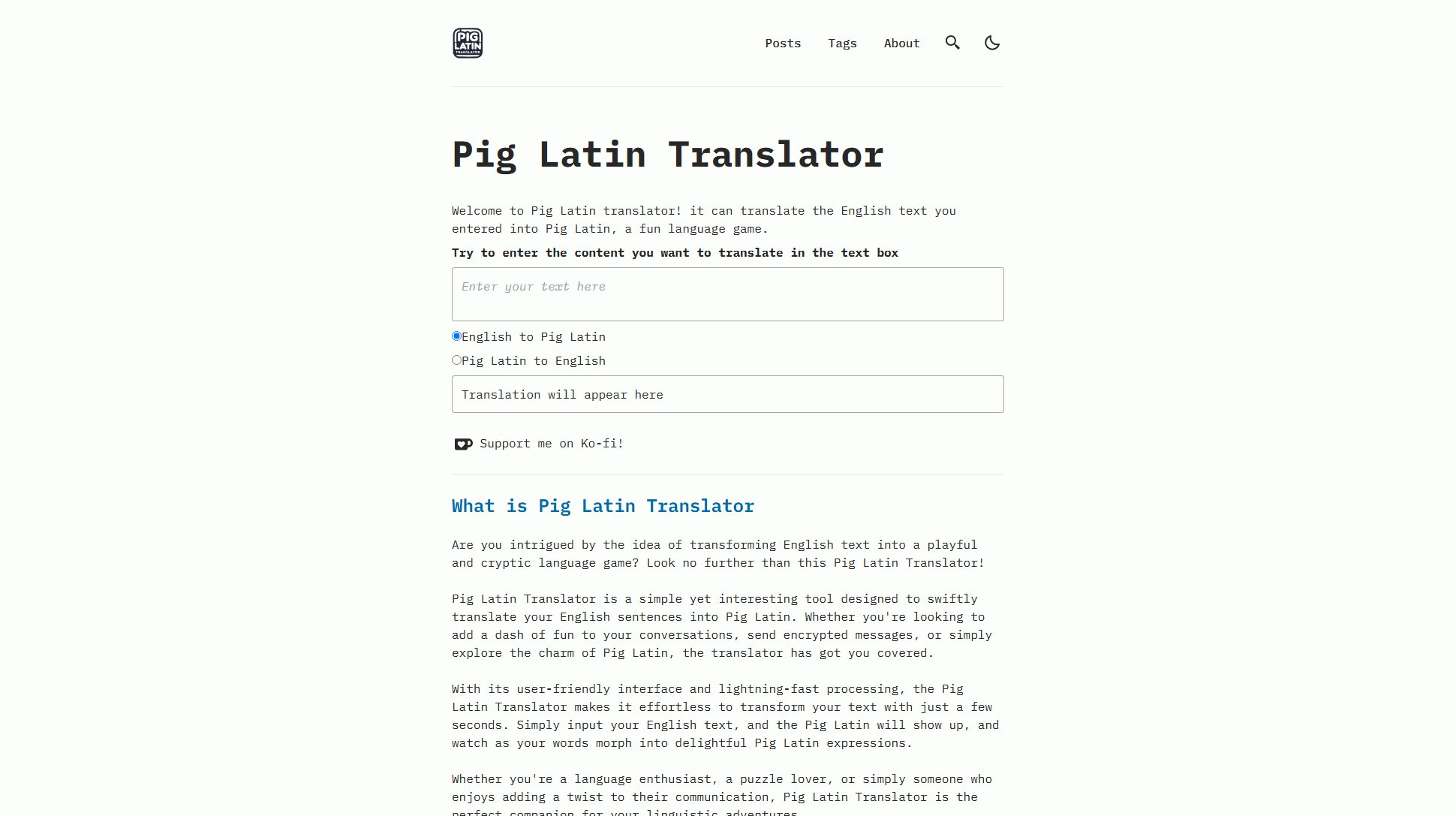Volume Shader BM
GPU benchmark tool for volumetric rendering performance
What is Volume Shader BM? Complete Overview
Volume Shader BM is a specialized GPU benchmark tool designed to measure volumetric rendering performance, a critical aspect often overlooked by traditional benchmarks. Unlike standard polygon rendering tests, it uses advanced ray marching algorithms and complex shader calculations that better represent modern graphics workloads. This tool is particularly valuable for professionals in 3D rendering, game development, and visual effects who need accurate data on how their systems handle volumetric rendering tasks. Volume Shader BM provides highly reproducible results by controlling for variables like thermal throttling, making it a reliable indicator of real-world performance in professional applications. The benchmark works on any device with WebGL support, including modern smartphones and tablets, though it automatically adjusts complexity for mobile devices to account for their power and thermal constraints.
Volume Shader BM Interface & Screenshots
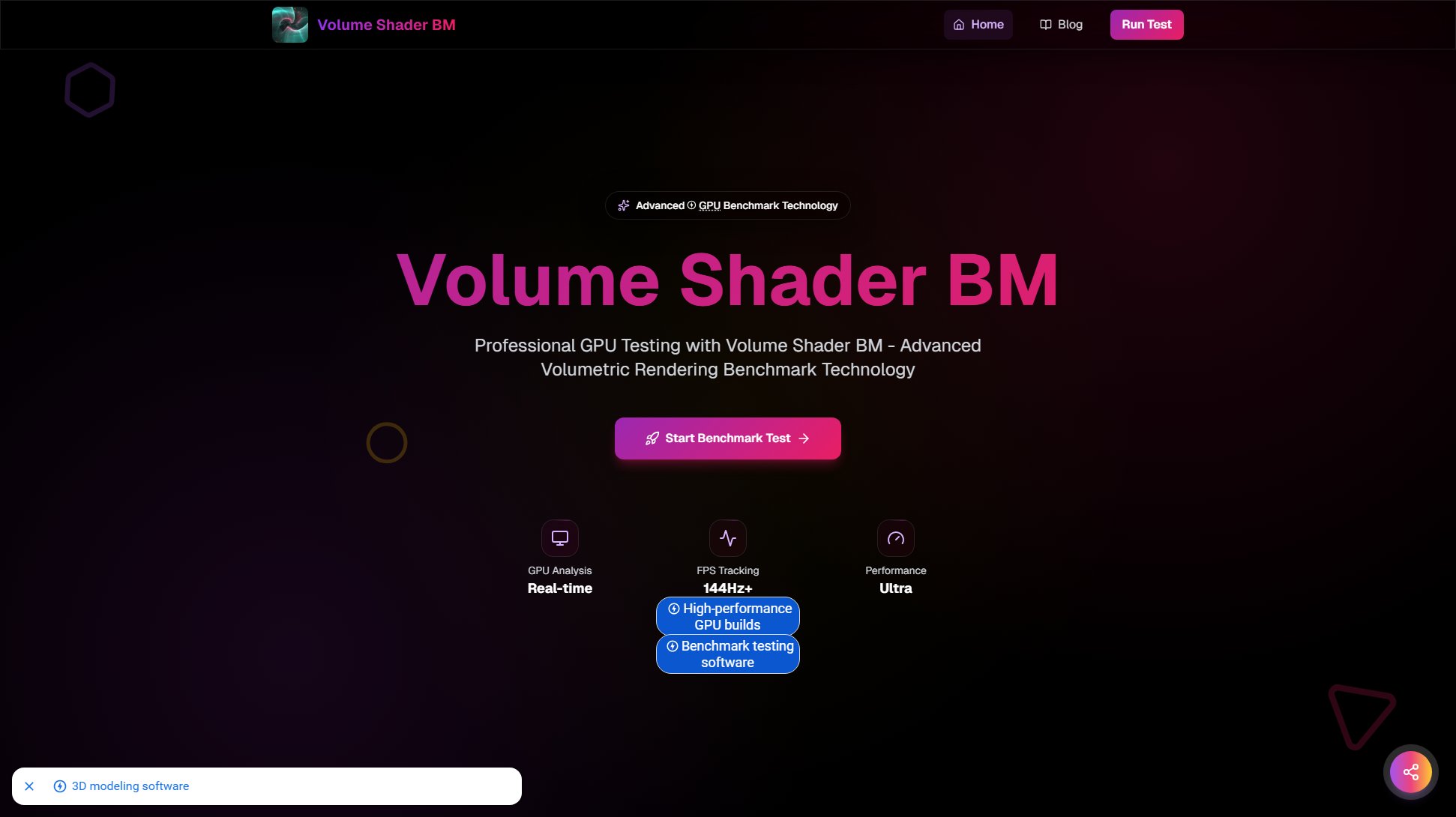
Volume Shader BM Official screenshot of the tool interface
What Can Volume Shader BM Do? Key Features
Volumetric Rendering Focus
Volume Shader BM specializes in testing volumetric rendering performance, a niche but increasingly important aspect of modern graphics workloads. This focus provides more relevant data for professionals working with volumetric effects in games, simulations, or visual effects.
Advanced Ray Marching Algorithms
The benchmark employs sophisticated ray marching techniques that accurately simulate how light interacts with volumetric materials, providing a more realistic assessment of GPU performance than traditional polygon-based tests.
Complex Shader Calculations
Volume Shader BM incorporates intricate shader operations that represent the computational demands of modern rendering pipelines, offering insights into how well a GPU handles these intensive calculations.
Cross-Platform Compatibility
The tool works on any device with WebGL support, from high-end desktop GPUs to mobile devices, automatically adjusting test complexity to provide meaningful comparisons across different hardware configurations.
Consistent Testing Methodology
Volume Shader BM maintains strict testing conditions to ensure reproducible results, controlling for variables like thermal throttling to provide reliable performance data.
Best Volume Shader BM Use Cases & Applications
GPU Performance Evaluation
Game developers and 3D artists can use Volume Shader BM to evaluate how well different GPUs handle volumetric effects, helping them make informed hardware purchasing decisions or optimize their workflows.
System Maintenance Monitoring
Regular Volume Shader BM tests can help users track performance degradation over time, potentially indicating the need for driver updates, system cleaning, or hardware maintenance.
Overclocking Validation
Enthusiasts can use the benchmark to verify the stability and performance gains from GPU overclocking, particularly for volumetric rendering workloads.
Mobile GPU Assessment
Mobile developers can test how their target devices perform with volumetric effects, allowing them to make informed decisions about effect complexity and optimization.
How to Use Volume Shader BM: Step-by-Step Guide
Navigate to the Volume Shader BM website (volume-shader.net) using a WebGL-compatible browser.
Ensure your system meets the basic requirements (WebGL support) and close other GPU-intensive applications for accurate results.
Click the 'Run Benchmark' button to initiate the test. The tool will automatically detect your hardware and adjust test parameters accordingly.
Wait for the benchmark to complete. The test typically takes a few minutes, during which you'll see visual feedback of the volumetric rendering process.
Review your results, which will include a performance score and comparison data against other systems. You can save these results for future reference.
Volume Shader BM Pros and Cons: Honest Review
Pros
Considerations
Is Volume Shader BM Worth It? FAQ & Reviews
Volume Shader BM specifically focuses on volumetric rendering performance, using advanced ray marching algorithms and complex shader calculations that represent modern graphics workloads better than simple polygon rendering tests.
Volume Shader BM provides highly accurate and reproducible results by using consistent testing methodology and controlling for variables like thermal throttling. Its scores correlate strongly with real-world volumetric rendering performance.
Yes, Volume Shader BM works on any device with WebGL support, including modern smartphones and tablets, though it automatically adjusts complexity for mobile devices due to their power and thermal constraints.
We recommend running Volume Shader BM after significant system changes like driver updates or hardware upgrades. Regular testing helps track performance degradation and ensures optimal volumetric rendering capabilities.
